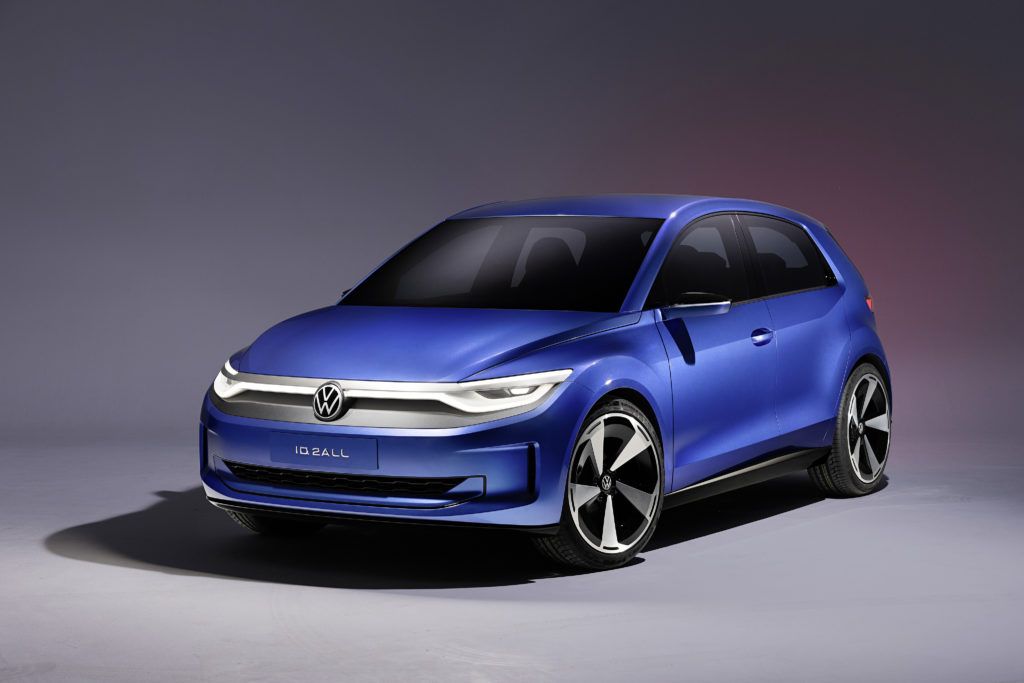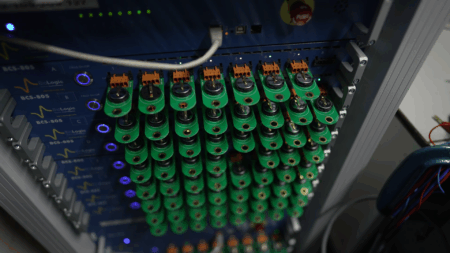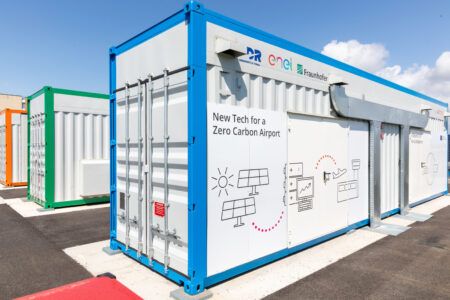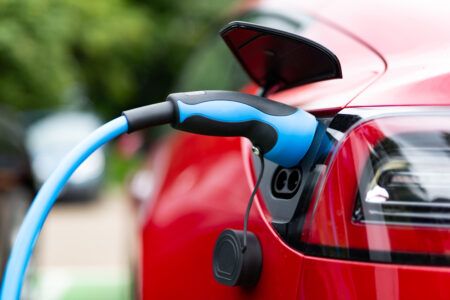Words Richard Gooding
Pioneers of the modern electric vehicle movement, affordable small EVs need to carefully balance battery technology with development costs to arrive at a sound business case. Volkswagen believes it may have cracked it with the new ID. 2all concept and its spin-offs.
On its arrival a little more than a decade ago, the second age of the electric car was led by small cars. The market has matured since then, but the cost of the technology needed to power it remains relatively high, transferring into – with few exceptions – high electric vehicle prices. However, the use of new materials and discovery of improved efficiencies is changing this, but the small ’affordable’ – around €25,000 – car market is one segment that demands a renewed focus. That shift is now on the horizon. Stellantis has already made in-roads with small EVs, and although it has yet to achieve parity with the €25,000 price point, it is readying an all-electric Citroën e-C3 with this in mind.
As its name translates as ‘people’s car’, it seems apt that Volkswagen is one OEM which has recognized the gathering pace of the modern small affordable EV. The 2014 e-Up dabbled in small car e-mobility but following the introduction of the Golf-sized ID.3 first announced in 2019, Volkswagen has capitalized on the electric vehicle push. A further four ‘new-generation’ EVs have arrived in quick succession, with the most recent, the Passat-sized ID.7 debuting at the CES tech event in January 2023. But now it’s time for the affordable EV to dictate the direction of zero-emission travel.
The Volkswagen ID. 2all concept car was unveiled in March 2023. Designed in just six weeks by VW head of design Andreas Mindt and his team, it marks the next stage of the brand’s EV plans. A compact car measuring 4,050mm in length, the ID. 2all is only 3mm shorter – and 61mm wider (1,812mm) and 71mm (1,530mm) taller – than the sixth-generation Polo, but thanks to its all-electric underpinnings and 2,600mm wheelbase, is claimed to offer more interior space than a Golf. Minimal overhangs benefit cabin space, with 490-1,330 liters of luggage capacity. Stowage areas under both the luggage compartment floor and the rear seat give clues to the one major difference in the ID. 2all’s mechanical make-up.
First front-wheel drive MEB
“The ID. 2all is the first MEB vehicle with front-wheel drive,” says Kai Grünitz, member of the brand board of management responsible for development. The ID. 2all sits on a new version of Volkswagen’s all-conquering skateboard MEB (Modular Electric Drive System) platform named MEB Entry. “The MEB’s scale effects let us inexpensively integrate technologies from higher classes into the ID. 2all,” Grünitz says.
The marked shift – when compared to other ID cars – to an exclusive front-wheel drive format helps contain costs, giving the car a chance to come in at under Volkswagen’s projected €25,000 price. “There will be no all-wheel drive model – only single drive,” says Martin Hube, Volkswagen spokesperson for ID. 2all, stating that the electric drive components will be sourced from the Volkswagen Group Technology arm (see panel). A 226hp electric motor – not the same as VW’s incoming 286hp APP550 rear-drive unit – is integrated into, and drives, the front axle. The ID. 2all will accelerate from 0 to 62mph in less than 7 seconds.
Two battery sizes of 38kWh and 56kWh will be offered – compared to the recently revised ID.3’s 58kWh and 77kWh units. “The target is that both will be available from launch,” Hube reports. The larger battery is forecast to permit a calculated WLTP range of up to 280 miles. Expected to use lithium-ion technology, Hube hints the smaller unit may use less expensive – but also less energy dense – lithium-iron phosphate (LFP) chemistry. “It is likely that the ID. 2all will use both technologies, depending on battery size,” he says. The Volkswagen Group’s new battery gigafactory in Sagunto, 18 miles north of Valencia – and owned by subsidiary PowerCo – will produce a Unified Cell from 2026. “The battery plant in Spain is related to this project,” Hube says.
High power charging connection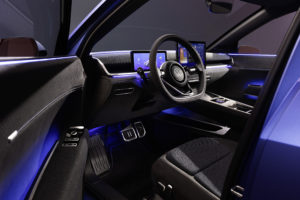
A 125kW DC charging speed is a little down on the 170kW option employed on the ID.3 Pro S, but it still provides a 10-80% battery refill in around 20 minutes. The high-power connection will make the ID. 2all highly usable, but Hube says stability is an important factor, too. “The target is to have the most consistent delivery speed possible during charging,” he says. That usability is crucial, adds Grünitz. “The production version of the ID. 2all will be a ‘full value’ electric vehicle for use on every day of the year,” he confirms. An 11kW AC connection will allow the car to be charged at home or at public charging points.
Just as the larger Volkswagen ID models share their components and MEB platform with cars from Audi and Skoda among others, Hube says the MEB Entry platform will be shared by a few small EVs from within the Volkswagen Group. “MEB Entry offers lots of possibilities, including models from Volkswagen, Skoda and Cupra,” he says. Originally previewed as the UrbanRebel concept, Cupra’s new electric small car will be called the Raval. This scalability allows for higher levels of on-board technology, the ID. 2all concept car featuring a 10.9-inch digital cockpit display and a 12.9-inch infotainment system.
Engineers from other OEMs are also hurrying to develop a slew of new and more ‘affordable’ models for the €25,000 EV segment. The fierce – in market price as well as development costs – sub-€20,000 EV market is also set for a flurry of activity, with Renault, Skoda and even VW itself in the throes of developing all-electric models.


